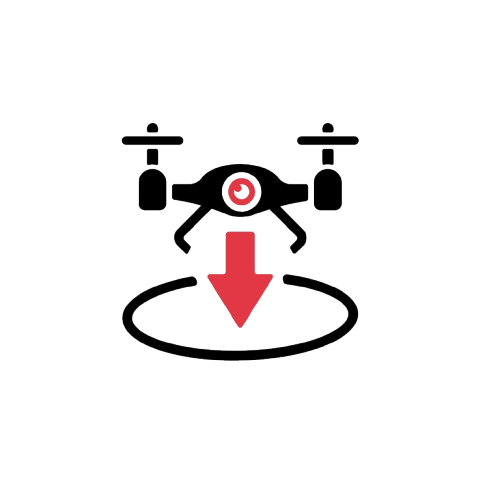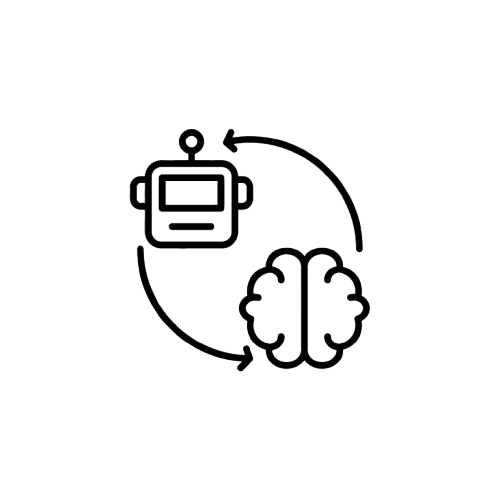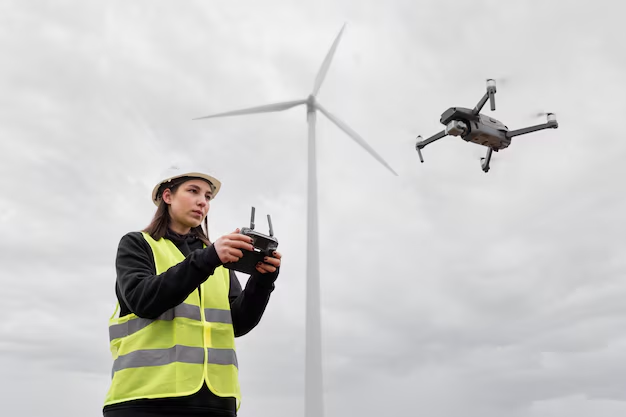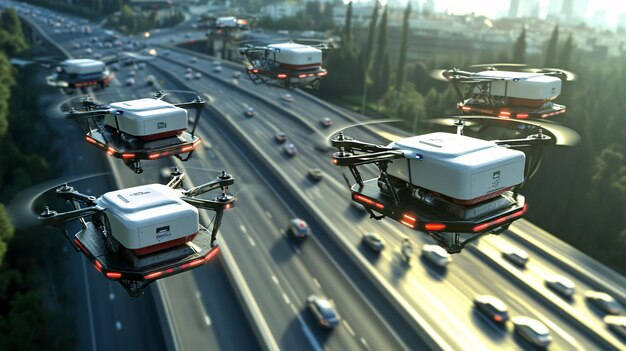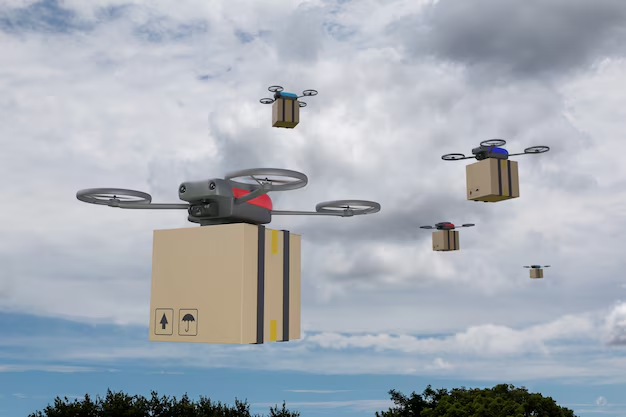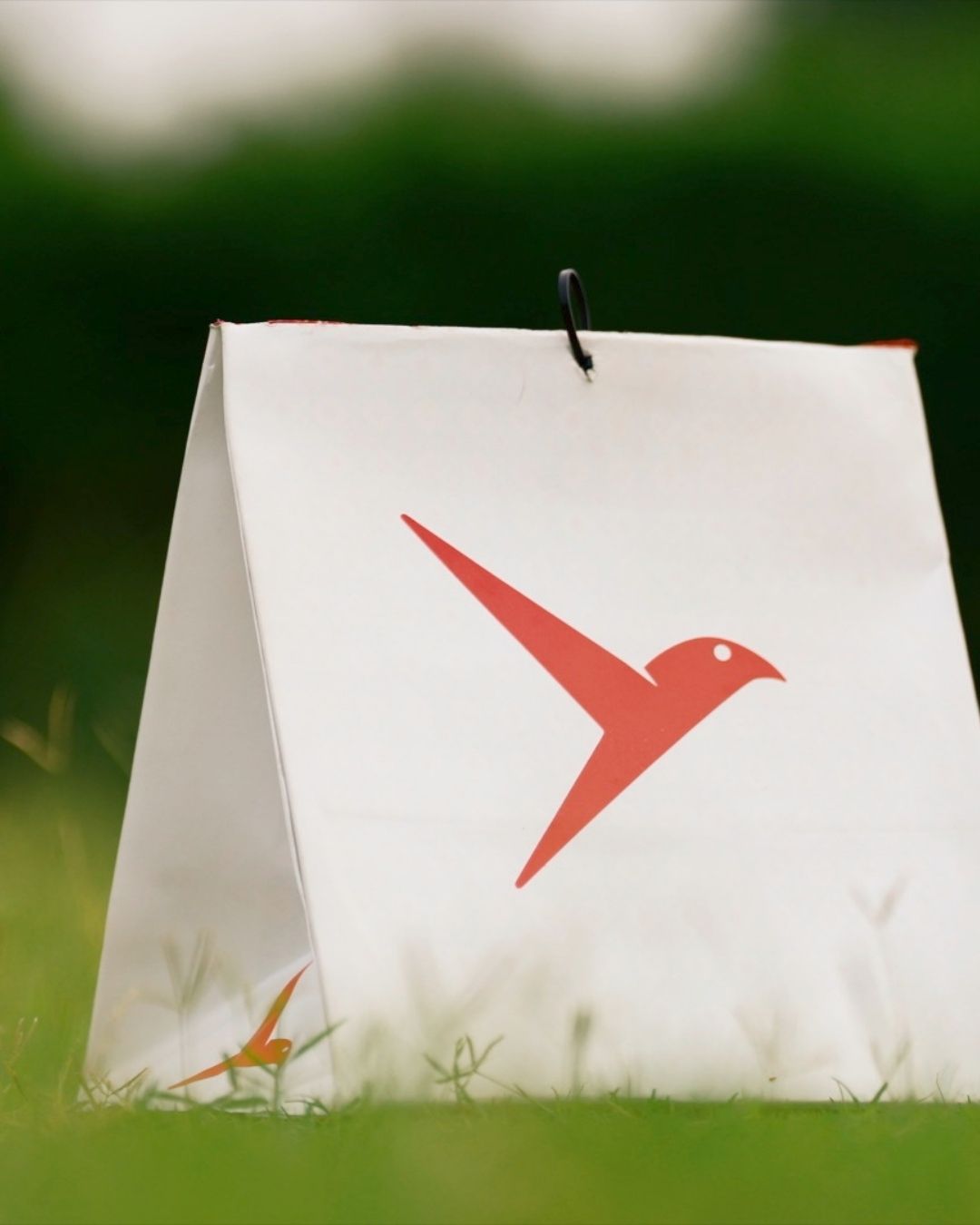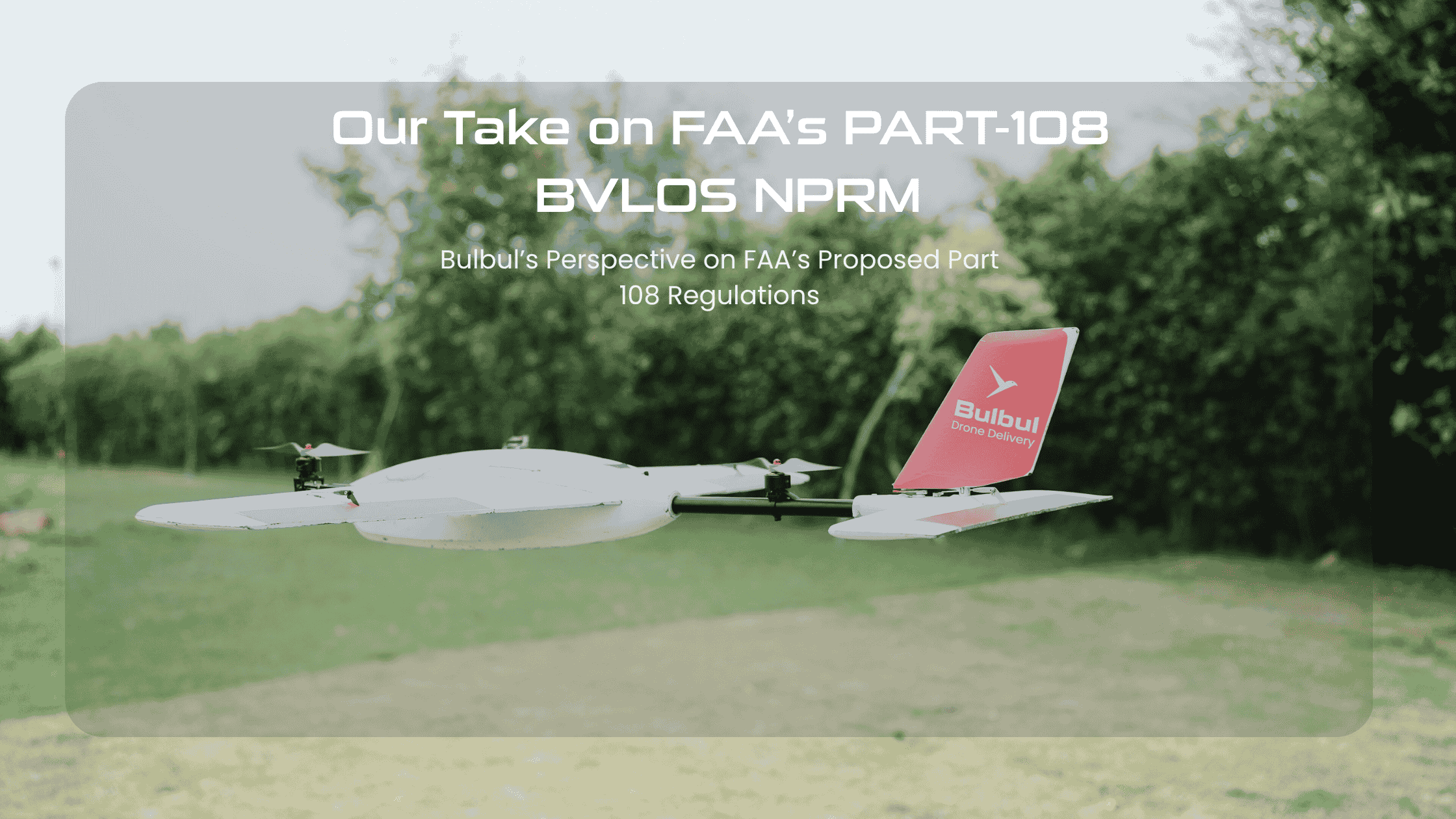You order a delivery online, and it arrives at your home in 30 minutes – not by truck, but by a drone hovering gently overhead. AI for drone technology transforming delivery routes is making this situation a reality. With drones developing to be smarter, quicker, and more efficient at delivering products straight to consumers, what once seemed like science fiction is now occurring daily.
Leading the charge are firms such as Amazon and medical delivery provider Zipline. AI-powered drones in Rwanda alone have completed more than 500,000 deliveries of life-saving medical supplies, reducing delivery times by 75% compared to conventional ground transportation.
The hidden ingredient? Artificial intelligence enables these flying aircraft to avoid obstructions, make split-second decisions, and locate the absolute quickest routes.
But how does this technology function? Let’s look at the interesting ways artificial intelligence is changing drones from basic remote-controlled planes into smart logistics solutions that could soon be as ubiquitous as delivery vehicles on our roadways.
How AI Makes Drones Smarter Flyers?
Here are the roles of AI in increasing drone delivery efficiency
1. Real-Time Route Optimization
Every effective delivery by drone system’s core is artificial intelligence’s capacity to compute and constantly change the best flight path. This significantly surpasses fundamental GPS navigation. Modern delivery drones utilize artificial intelligence to evaluate several dynamic elements simultaneously.
These systems continuously monitor wind speed and direction to modify flight paths by continuously processing real-time weather data. Tracking other air traffic helps them to avoid crashes; these include no-fly zone limits and temporary flying restrictions. The AI also tracks battery levels and makes informed choices on whether to follow a somewhat longer, less energy-consuming route or a direct path that could deplete power more quickly.
Perhaps most astonishingly, these systems evolve with time. Thanks to machine learning algorithms continuously improving route efficiency based on hundreds of flight hours of data, UPS claims their AI-routed drones now complete deliveries using 30% less battery power than early models.
2. Autonomous Obstacle Avoidance
Early commercial drones ran safely only under ideal weather conditions and wide-open areas. Today’s AI-powered delivery drones traverse complicated city settings with amazing accuracy.
These drones can detect and avoid electrical lines, recognize and steer clear of birds or other aircraft, and securely navigate buildings and other structures using sophisticated computer vision algorithms and sensors. Some systems can even identify and respond to unanticipated moving objects, such a ball tossed into its flight path.
Alphabet’s Wing drone delivery service claims its collision avoidance AI now automatically finds and avoids 99.9% of possible impediments. This degree of dependability is crucial for safe operations in congested urban environments, where a single error could have major repercussions.
3. Predictive Logistics Planning
The most sophisticated artificial intelligence systems forecast future needs rather than just responding to present circumstances. These systems can forecast demand surges before they occur by analyzing large volumes of previous data.
According to reports, Amazon’s Prime Air service employs this capacity to place merchandise in suburban drone hubs before orders arrive. The method guarantees that popular things are already close when consumers click “buy” by studying trends, including weekend shopping spikes or local events that could fuel particular product demand.
This predictive strategy offers a quantum jump in delivery efficiency. The system can have items pre-positioned at local hubs instead of sending drones from a central warehouse for each request, allowing delivery times to be calculated in minutes instead of hours.
The Tangible Benefits of AI-Powered Drone Delivery
These are the benefits of drones delivery
Faster Deliveries, Happier Customers
Speed is the most obvious advantage of AI-optimized drones for delivery. For urgent blood and vaccine deliveries, Zipline’s medical drones in Africa currently average only 15 minutes from order to delivery—a speed that saves lives and would be unachievable with ground transportation.
This can mean emergency part shipments to field service professionals for daily consumers, same-hour prescription drops from local pharmacies, or 30-minute supermarket deliveries. Time savings have become more useful for time-sensitive deliveries like medications or perishable commodities.
Lower Operational Costs for Businesses
Artificial intelligence-driven efficiency produces notable cost reductions in several areas of drone delivery operations. According to UPS, smart routing cuts battery use by up to 30%, lowering charging costs and increasing each drone’s operational range.
The systems help minimize wear and tear by optimizing flight paths to lower unnecessary stress on motors and other components. Perhaps most importantly, the AI guarantees that every delivery employs the best drone for the task—smaller, more efficient versions for lightweight deliveries, reserving larger drones only when absolutely required.
Once the technology is completely scaled, retail behemoth Walmart forecasts that its drone delivery expenses might be 90% less than conventional last-mile delivery techniques. For a far wider spectrum of goods and pricing points, these savings could render same-day delivery economically feasible.
Environmental Benefits
The environmental benefits of AI-optimized drone delivery systems are considerable. These solutions significantly lower the environmental impact compared to conventional delivery techniques by eliminating waste flights and maximizing energy efficiency.
Research from the World Economic Forum suggests that well-optimized drone networks might cut delivery-related emissions by up to 94% compared to diesel-powered delivery vans. Particularly relevant as e-commerce expands worldwide, the mix of electric power and ultra-efficient routing produces a far greener logistical solution.
Real-World Success Stories
Here are real world success stories provided:
Zipline’s Life-Saving Medical Network
Zipline’s AI-powered drones, which operate out of Rwanda and Ghana, have delivered more than 500,000 medical deliveries since 2016. The system focuses on moving blood, vaccinations, and other vital medical supplies to distant hospitals and clinics.
Zipline’s consistency—keeping a 99% on-time delivery rate while reducing blood delivery durations from four hours to just 15 minutes in certain situations—sets it apart. Creating a model that’s now being extended to other nations, their AI systems constantly learn from hundreds of flights to enhance routes and dependability.
Amazon Prime Air’s Retail Revolution
Amazon has begun testing its Prime Air drone delivery system in selected U.S. and U.K. markets. The technology forecasts demand surges using artificial intelligence, strategically places goods, and maximizes urban flight routes around no-fly zones and obstructions.
Early findings indicate that deliveries finished 45% faster than ground alternatives in test markets. Still in development, the service offers a daring vision for the future of e-commerce logistics where artificial intelligence and drones cooperate to offer unmatched delivery speed.
Challenges and the Road Ahead
Although the possibilities are great, artificial intelligence-powered drone delivery still has major obstacles to overcome before becoming widely used.
Regulatory Approval
Scaling delivery networks depends on beyond-visual-line-of-sight drone activities, which most nations already limit. Progress is slow, but the U.S. Federal Aviation Administration is authorizing more operations as safety systems show dependability.
Public Acceptance
The major obstacles are still noise worries and privacy problems. Many individuals dislike the concept of drones often flying over their areas. Businesses are tackling this with quieter drone designs, rigorous privacy policies, and community involvement initiatives.
Technological Limitations
Present artificial intelligence systems still find some complicated metropolitan settings and severe weather conditions challenging. Next-generation artificial intelligence promises to better address these difficulties with more sophisticated machine learning and sensor fusion technologies.
Conclusion
AI for drone delivery is radically rethinking how products travel from warehouses to doorsteps. It is not just an incremental change in logistics. Artificial intelligence is turning an experimental idea into a viable, scalable solution by making drones smarter, safer, and more efficient.
As the technology develops, we should expect to see AI-powered drones become increasingly ubiquitous in our skies, transporting everything from daily shopping to emergency medical supplies. The advantages—unprecedented speed, notable cost reductions, and large environmental benefits—make this technological evolution not only probable but unavoidable.
Interested in learning more about implementing drone delivery solutions for your business? Visit Bulbul Drone Delivery to explore the possibilities this cutting-edge technology offers.






